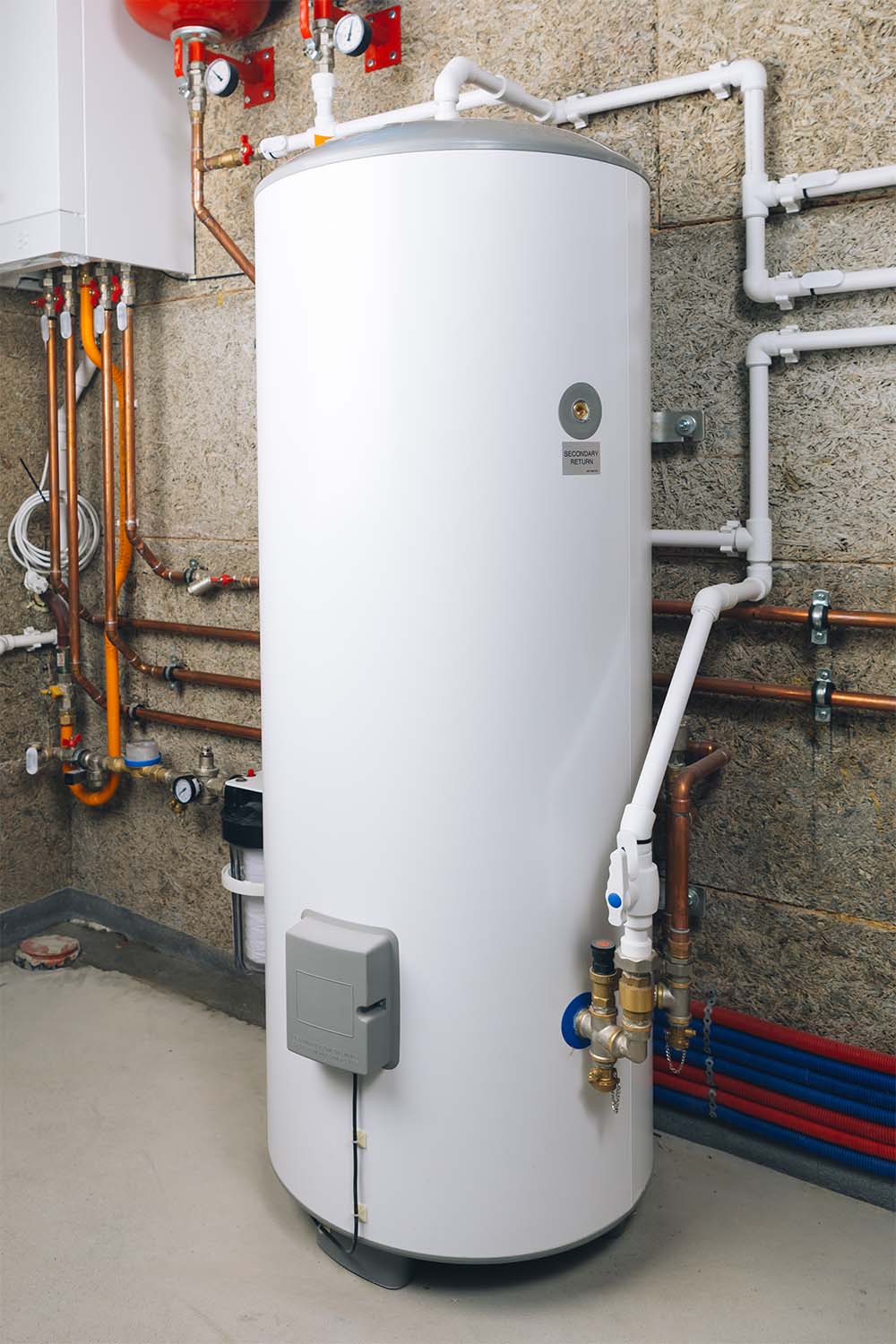Useful Techniques for Caring for Your Home's Hot Water SystemTop Ways to Care for Your Home's Hot Water System Effectively
Useful Techniques for Caring for Your Home's Hot Water SystemTop Ways to Care for Your Home's Hot Water System Effectively
Blog Article
The publisher is making several good annotation on Tips on Maintaining a Water Heater in general in the article underneath.

Hot water is important for daily comfort, whether it's for a revitalizing shower or washing meals. To guarantee your hot water system runs successfully and lasts longer, routine upkeep is key. This post gives practical suggestions and understandings on just how to maintain your home's warm water system to stay clear of interruptions and pricey repairs.
Introduction
Preserving your home's warm water system could appear challenging, but with a few basic actions, you can guarantee it runs smoothly for years to come. This guide covers everything from comprehending your warm water system to do it yourself maintenance tips and knowing when to contact professional assistance.
Significance of Preserving Your Warm Water System
Normal upkeep not just expands the life-span of your warm water system however likewise guarantees it runs effectively. Neglecting maintenance can result in decreased efficiency, higher energy bills, and even premature failure of the system.
Signs Your Warm Water System Demands Maintenance
Knowing when your hot water system needs attention can prevent major problems. Watch out for indications such as inconsistent water temperature, strange noises from the heater, or corroded water.
Purging the Hot Water Heater
Purging your water heater eliminates debris build-up, enhancing effectiveness and extending its life.
Checking and Replacing Anode Rods
Anode poles avoid corrosion inside the tank. Evaluating and changing them when worn is important.
Complex Issues Calling For Specialist Assistance
Examples include major leaks, electric troubles, or if your water heater is regularly underperforming.
Routine Specialist Maintenance Conveniences
Expert maintenance can include detailed assessments, tune-ups, and guaranteeing compliance with safety and security requirements.
Examining and Adjusting Temperature Level Setups
Changing the temperature setups makes sure optimal efficiency and security.
Do It Yourself Tips for Maintenance
You can carry out a number of maintenance jobs yourself to maintain your hot water system in top problem.
Checking for Leakages
On a regular basis check pipes and links for leaks, as these can bring about water damage and greater expenses.
Recognizing Your Warm Water System
Before diving into upkeep tasks, it's practical to understand the standard components of your warm water system. Typically, this consists of the water heater itself, pipes, anode poles, and temperature controls.
Month-to-month Maintenance Tasks
Normal monthly checks can assist capture minor problems before they intensify.
Examining Pressure Alleviation Valves
Testing the pressure safety valve guarantees it functions appropriately and prevents extreme pressure accumulation.
Shielding Pipes
Protecting warm water pipelines decreases warm loss and can conserve energy.
When to Call a Specialist
While DIY maintenance is valuable, some issues need expert expertise.
Final thought
Normal upkeep of your home's hot water system is necessary for performance, longevity, and expense financial savings. By adhering to these pointers and knowing when to look for professional assistance, you can make sure a reliable supply of hot water without unforeseen disturbances.
Water Heater Maintenance: The Basics
Maintaining your water heater will ensure it operates efficiently and has a longer lifespan. Neglecting regular maintenance can lead to costly repairs and an even bigger chunk of your savings if you have to replace it sooner than necessary. But there’s good news: Most water heater maintenance tasks are relatively simple and easy for homeowners with basic DIY skills.
Flush the Water Heater
Over time, sediment and minerals can build up in the tank, reducing its efficiency and potentially causing damage. To flush the tank, turn off the power or gas supply, attach a hose to the drain valve near the bottom and open the valve to drain the water until it runs clear. Ideally, flush the tank annually.
Replace the Anode Rod
The anode rod is a sacrificial metal rod that helps prevent corrosion inside the tank. Inspect and replace it every three to five years or per the manufacturer's recommendation. To replace the anode rod, turn off the power or gas supply, drain a few gallons of water from the tank, unscrew the old rod and replace it with a new one. If the anode rod is significantly corroded or covered in calcium buildup, it's a sign the water heater may need to be replaced soon.
Tune-Up
A yearly tune-up can help identify potential issues and ensure your water heater operates at peak efficiency. This typically involves checking the thermostat, burner assembly (for gas heaters) and any other components specified by the manufacturer. During a tune-up, the technician may also clean the burner and adjust the pilot light (for gas heaters) or examine the heating elements (for electric heaters).
How to Maintain Your Water Heater
Insulate the tank. Insulating the tank can improve energy efficiency and reduce heat loss, saving you money on energy bills. You can purchase precut insulation blankets designed specifically for water heaters or use standard fiberglass insulation wrapped securely around the tank. Check the temperature. The recommended water temperature for most households is around 120 degrees Fahrenheit (49 degrees Celsius). Higher temperatures can increase energy costs and potentially cause scalding. Use a kitchen thermometer to check the temperature at the faucet nearest the water heater. Monitor water pressure. Excessive water pressure can strain the water heater and cause leaks or even tank failure. Install a pressure-reducing valve if necessary. The ideal water pressure range is between 60 and 70 PSI (pounds per square inch). Test the temperature and pressure (T&P) relief valve. The T&P relief valve is a safety feature that releases pressure if the tank gets too hot or the pressure builds up too high. Test it annually by lifting the lever and allowing a small amount of water to release. Replace the valve if it doesn't release water or reseal properly. Check for leaks. Regularly inspect the tank, pipes and fittings for leaks or corrosion. Deal with issues promptly to prevent further damage. Even a small leak can lead to significant water damage over time. Consider a tankless water heater. If your traditional tank-style water heater is nearing the end of its lifespan ( typically 10 years), consider replacing it with a tankless water heater. These units heat water on demand, reducing standby energy losses and potentially saving you money on your energy bills. Schedule professional maintenance. While homeowners can perform many water heater maintenance tasks, it's still a good idea to schedule professional maintenance every few years. A plumber or HVAC technician can thoroughly inspect the unit, identify potential issues and ensure it operates safely and efficiently. https://www.homeserve.com/en-us/blog/home-improvement/hot-water-heater-maintanence/

We were made aware of that report on Tips on Maintaining a Water Heater through an acquaintance on a different web page. Do you know another individual who is inquisitive about the niche? Feel free to share it. I treasure reading our article about Tips For Maintaining Your Hot Water Heater.
Schedule Appointment Now Report this page